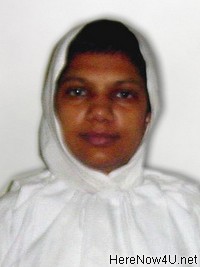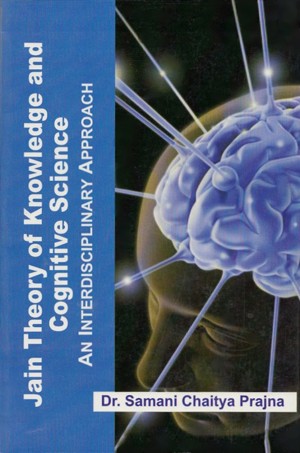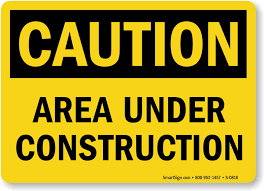3.9 Inductive Reasoning and Western Logic (ūha/tarka)
The third kind of cognition indirect instrument of is Inductive reasoning. This is a word well known in Indian philosophy. There has been a great significance of logic for a long time, in the sphere of philosophical thinking. It has got special significance in Nyaya Philosophy. Logic has been defined as the decision made with the help of logical continuance and negation is logic. There are two terms in this definition - logical continuance and negation. It is necessary to understand them.[35]
Anvaya (Logical Continuance)
Existence of proban in the presence of probandum is known as logical continuance. This means that where there' is probans, there is probandum. For example, smoke is the probans that gives us the knowledge of fire which is the probandum. Hence, where there is smoke there is fire. Therefore, being of probandum when there is probans is known as logical continuance. It is also known as universal concomitance of logical continuance.
Vyatireka (Negative Concomitance / Negation):
Absence of probans in the absence of probandum is known as vyatireka or negation. For example, there is no smoke without fire. Here fire is probandum and smoke is probans. In the absence of fire, there is the absence of smoke too. The absence of probans in the absence of probandum is negation is known as universal concomitance of negation. The term used for tarka or ūha in western philosophy is logic.
Function of Logic (ūha)
Cognition of logical continuance through affirmation and negation is function of logic. Hence the object of logic is to receive universal concomitance (pervasiveness). Universal concomitance is essential for making inference and for universal concomitance, Logic is essential as the truth of universal concomitance cannot be decided without logic. Almost all the traditions of logic accept the significance of logic. If there is some difference of opinion, it is regarding its validity.
As per Nyāya philosophy universal concomitance is eternal. Mental perception cannot receive the universal concomitance as mind does not get inclined to the eternal objects without the help of senses and concomitance. Besides, in Nyāya philosophy, mind has been regarded as having the form of an atom, hence it cannot cognize the objects at the same time. In such a case, how can it receive universal concomitance?
Jain thinkers opine that concomitance cannot be proved by even by inference as inference itself is based on concomitance. So it cannot determine universal concomitance. For the reception of concomitance, it is necessary to regard logic as an instrument. The invariable concomitance of smoke and fire is determined only by logic and it is only on the determination of invariable concomitance that the cognition of the probandum by probans can be had i.e. can be inferred. Thus, in Jain tradition the validity of logic too, like that of memory and recognition has been supported and it has been regarded as the third kind of indirect instrument.
In the Western view, logic as a discipline is concerned with the identification of rules of valid inference. One example of such a rule is very simply expressed: if it is the case that; proposition p implies proposition q. If p is assumed q will also be assumed. This is a straight forward rule called Modus ponens (M.P). If a person behaves logically then we would expect him to apply the rule.[36] This way of information processing is called logic. Logical continuance and negative concomitance are nothing but rules of inference - Modus Ponens and Modus Tollens which are symbolically represented as follows[37]:
Table No. 3.1. Tarka in Jainism Vs. Logic in Formal Logic

 Samani Chaitya Pragya
Samani Chaitya Pragya

